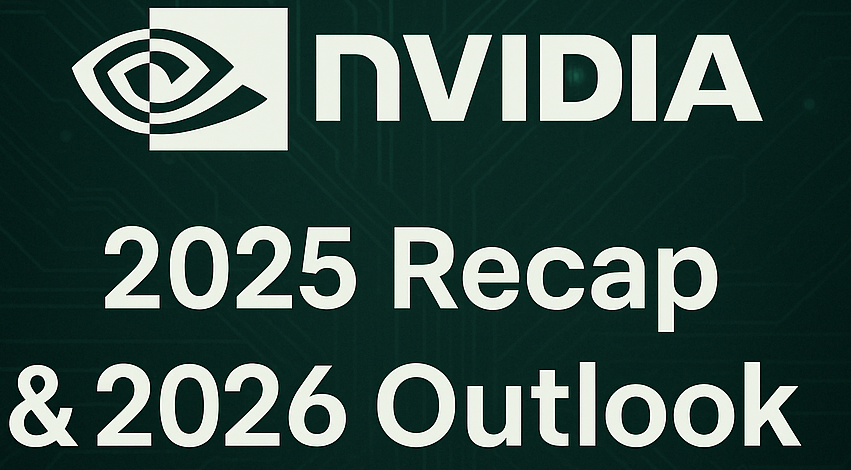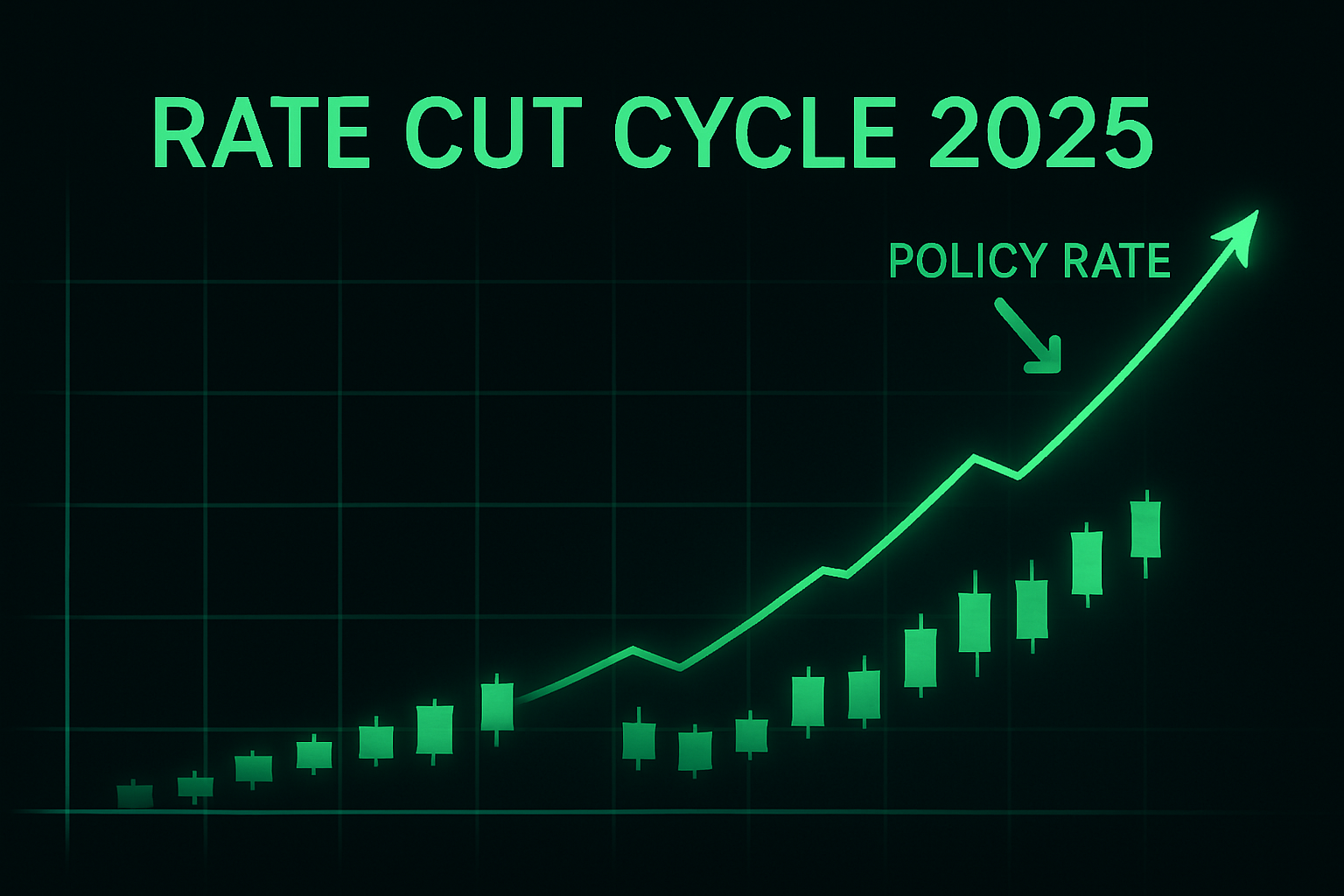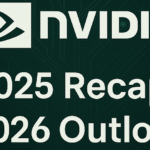In 2025, Nvidia remained the undisputed center of the AI universe — but for the first time in years,
investors started questioning whether its momentum could keep pace with the hype.
After years of parabolic growth, this was the year the market tested what happens when sky-high expectations meet real-world limits.
2025 in Review: Slowing After the Surge
Nvidia entered 2025 with unmatched dominance in AI computing. Its Blackwell GPU architecture powered the
world’s most advanced data centers, from OpenAI to Google and Meta. However, cracks began to show as growth decelerated
from 2024’s record-breaking pace.
A few key themes defined the year:
- Moderation in demand: Hyperscalers began managing AI capex more carefully after two years of aggressive spending.
- Competitive pressure: AMD’s MI300 series gained traction, while cloud providers introduced in-house accelerators,
creating early signs of ecosystem diversification. - Regulatory headwinds: The U.S. tightened chip export controls to China once again, limiting shipments of high-end AI GPUs.
- Stock performance: Nvidia’s share price corrected by roughly 20% mid-year after an earnings miss, before staging a
partial rebound in Q4 as demand signals stabilized.
Despite the volatility, Nvidia still delivered robust results: full-year revenues exceeded expectations in data center and software segments,
even as margins began to narrow.
2026 Outlook: From Hypergrowth to Managed Growth
As 2026 approaches, Nvidia’s story enters a new phase. AI infrastructure remains the company’s lifeblood,
but the market now expects steadier — not exponential — expansion.
Here are the main forces shaping Nvidia’s next chapter:
- Continued demand for AI hardware: Hyperscalers will keep investing, though at a more predictable pace.
- Software ecosystem advantage: CUDA and Nvidia’s AI stack remain major moats that competitors struggle to match.
- Margin pressure: Growing competition and rising supply costs could squeeze profitability in 2026.
- Diversification opportunities: Nvidia is expanding into automotive AI, robotics, and edge computing —
areas that could offset slower data center growth.
My Take: Still Leading, But Now on a Tighter Rope
Nvidia remains the most strategically positioned hardware company in the AI era. However, 2026 may mark the first
“normal” year in its post-pandemic growth story. Investors should expect more measured performance, where execution and
supply chain management matter as much as innovation.
The company’s long-term moat is intact, but valuations will need to be earned through sustainable earnings rather than
just narrative momentum. For long-term holders, the story is far from over — it’s just maturing.
Verdict: Neutral-to-Bullish
Nvidia remains at the core of AI development, but the easy phase of endless multiple expansion has passed.
Its next test is to prove that AI hardware can become a stable, compounding business — not just a supercycle.
Keyphrase: Nvidia 2025 recap
For readers interested in similar breakdowns, check out our upcoming Apple 2025 Recap & 2026 Outlook
and Tesla 2025 Recap & 2026 Outlook.
For detailed financial metrics and filings, visit Nvidia’s Investor Relations page.





